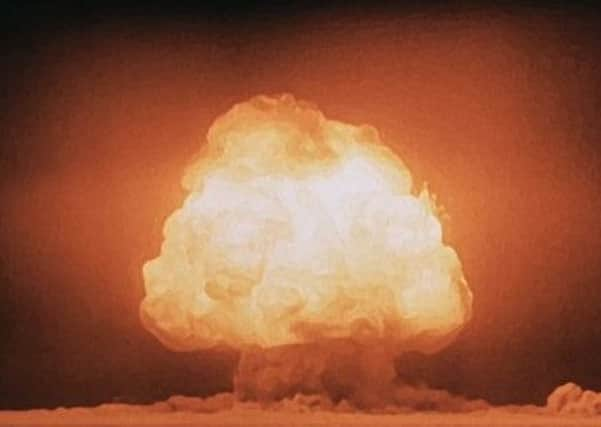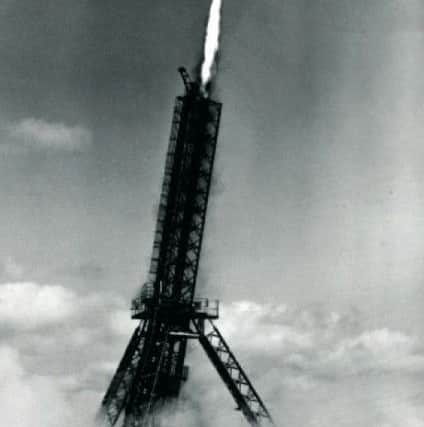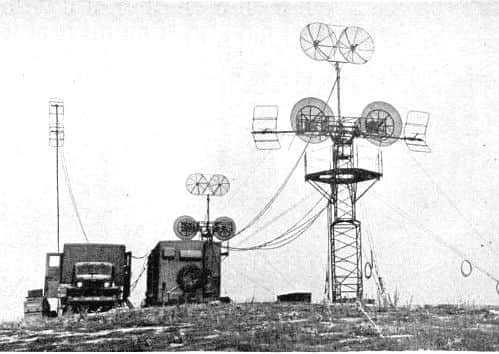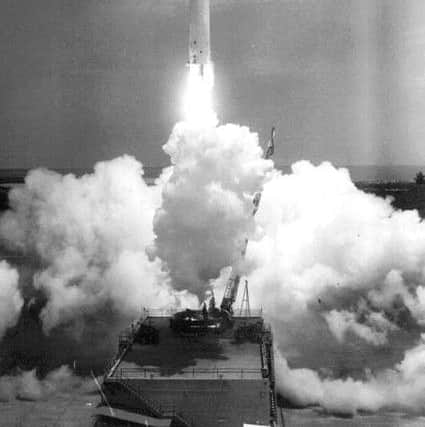Farmer's son generated electricity and developed microwave oven technology


Belfast-born Thomas Andrews, not of Titanic fame but a chemist and physicist who was Professor of chemistry at Queen’s University from 1845 to 1879, made hugely important discoveries about carbon dioxide and ozone.
Similarly, the work of the acclaimed theoretical physicist and mathematician Sir David Robert Bates from Omagh forms the foundation for international studies of the depletion of the ozone layer and the effects of carbon dioxide on global warming.
Advertisement
Hide AdAdvertisement
Hide AdSir David was Professor of Applied Mathematics (1951-68) and of Theoretical Physics (1968-74) at QUB.


In 1897 Magheragall’s Sir Joseph Larmor predicted what became known as ‘the Larmor precession’ of atoms.
Former Methodist College boarder and Nobel Prize winner for physics Ernest Walton split the first atom and Belfast-born John Stewart Bell, regarded as one of the 20th century’s greatest physicists, is often called “the man who proved that Einstein was wrong”!
The names of local physicists and details of their scientific discoveries filled half a dozen pages last year, but one scientific stalwart whose research affects virtually every household in Northern Ireland got lost in the backlog!
Advertisement
Hide AdAdvertisement
Hide AdProfessor James Sayers from Loughguile, Co Antrim, played a crucial role in centimetric radar, now used in microwave ovens.


He also worked on the American-led Manhattan Project that produced the first nuclear weapons and was an important member of the team that launched the UK’s first space rocket.
It’s thanks to a letter from Reverend Robert Hanna from Ballymoney that Roamer can now share a little more information about this remarkable but little-known local physicist.
“In the townland of Corkey, Loughguile, 20 years before I was born,” began Rev Hanna’s letter, “James Sayers was born on September 2, 1912. As a physicist he developed radar.”
Advertisement
Hide AdAdvertisement
Hide AdRev Hanna’s letter continued “the local post office was based in the Sayers family home. James’ sister Dorothy was a teacher in Ballycastle High School and his brother John was a farmer.”


Roamer checked out Professor Sayers in the Dictionary of Irish Biography for more details about his remarkable career in physics.
After attending Ballymena Academy he studied physics at Queen’s University, Belfast, and after his MSc he continued his postgraduate research in St John’s College, Cambridge.
With the Second World War imminent in 1938 he was one of around 80 scientists recruited to work for the Admiralty.
Advertisement
Hide AdAdvertisement
Hide AdHe joined the University of Birmingham’s hurriedly established research programme developing radar.
Back then binoculars were all they had to detect aircraft over the sea and airborne and ship-based radar transmitters and detectors were urgently required.
The team that James worked with sought to develop centimetric radar.
Roamer doesn’t understand the science but in September 1941 Sayers came up with a simple but radical discovery.
Advertisement
Hide AdAdvertisement
Hide AdAccording to the Dictionary of Irish Biography his invention “produced the version of radar used in British defence and in bomb-aiming and combat for the rest of the war and long afterwards; it was the most important technological breakthrough in the early years of the war”.
The dictionary explains that the new device improved the resolution of radar “so that it was even able to pick out details such as gun barrels or periscopes on its targets, and over much longer distances…the new radar was a decisive factor in securing the Allied victory in the crucial battle of the Atlantic. Later, long after the war, the magnetron technology was used in developing the domestic microwave oven.”
Then in 1943 Sayers was seconded with other British scientists to work in the United States on the top-secret Manhattan Project, developing the atomic bomb.
After the war he returned to the UK in 1946 and became Professor of Electron Physics in Birmingham University.
Advertisement
Hide AdAdvertisement
Hide AdHe received a number of top scientific awards and shared the esteemed John Price Wetherill Medal of the Franklin Institute in 1958.
In 1955 Professor Sayers was one of the founding members of the British National Committee on Space Research which planned for experiments to travel on specially designed rockets.
This was the beginning of the UK’s space programme and the first ‘Skylark’ rocket to carry scientific experiments was launched from Woomera in Australia in 1957, carrying equipment devised and built by Sayers and his team.
When it was decided that the UK should partner the US in constructing satellites for near-earth orbit, Sayers was in the small group which travelled to America in 1959 to negotiate with then newly established NASA.
Advertisement
Hide AdAdvertisement
Hide AdThe first international space project Satellite Ariel 1, was successfully launched in April 1962.
It, and later Ariel satellites, used Sayers’ equipment which “discovered a new layer in the equatorial ionosphere.”
According to several short biographical accounts, when he was being brought up on his father’s farm James was much more interested in science than in farm work.
The young lad designed and constructed a waterwheel on the nearby river to power a dynamo which supplied the farm with electricity!